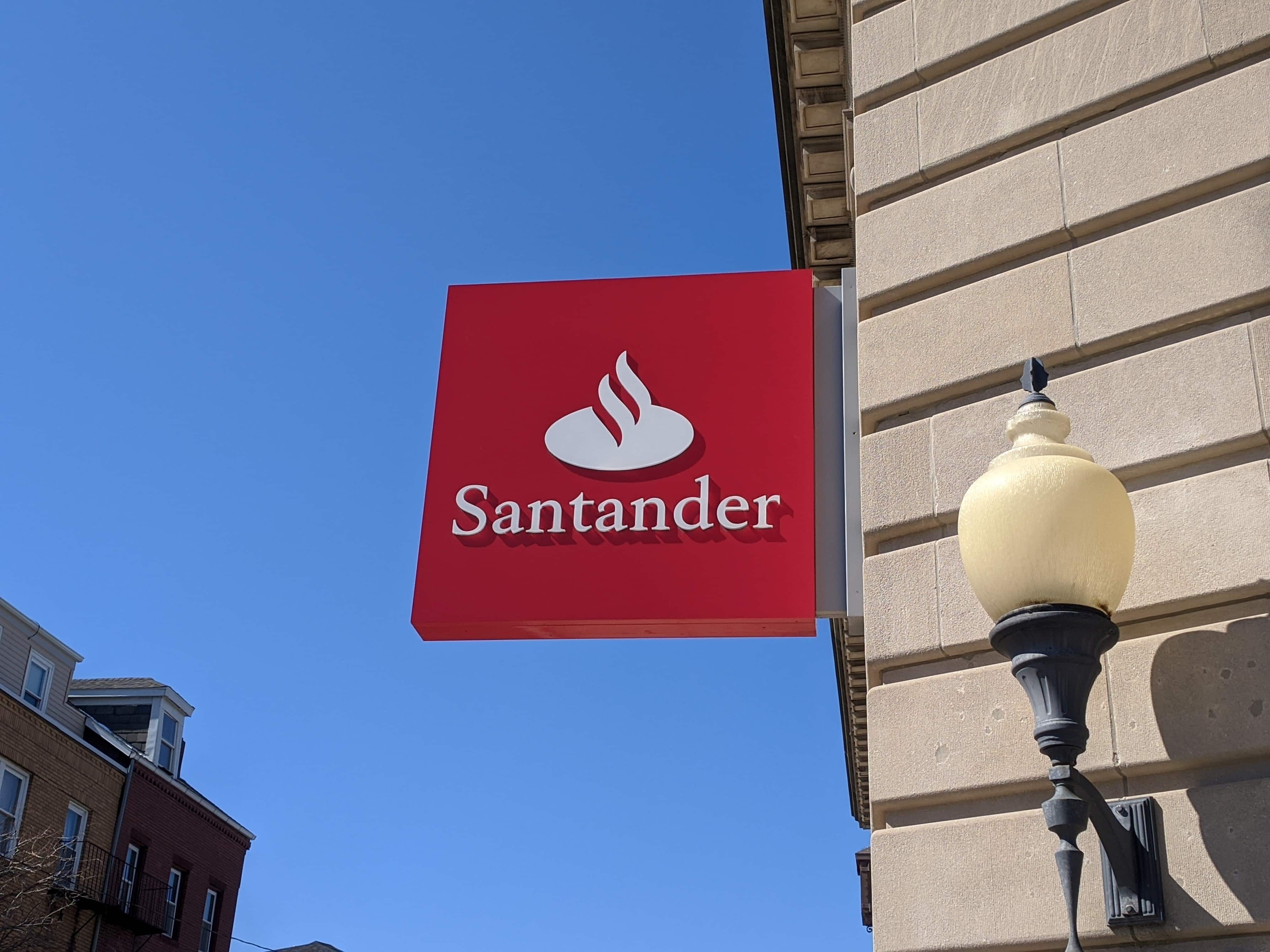Bank leaders nationwide are expecting either a flat or a slight decrease in performance for the next 12 months, according to a second-quarter survey by S&P Global Market Intelligence.
In its Q2 2023 US Bank Outlook Survey, S&P asked 150 bank executives, 50 percent of whom are C-suite, to give their expectations for their banks in the next 12 months. They found that banks maintain a cautious stance on growth prospects, with 36.7 percent perceiving their performance will remain the same while 34.5 percent expect a slight decrease in growth.
There are more banks this quarter that are also expecting the total value of loans to remain the same or dip by around 1 percent to 5 percent in the next 12 months. Twenty-four percent said loan values will stay the same versus 19.1 percent a quarter ago, while 23.2 percent believed there will be a slight decrease on total loan value compared to the 15.2 percent of the respondents last quarter.
“Banks are seeing credit losses. They are preparing for tougher times ahead and they’re building loan loss reserves and expecting that credit will normalize and not a severe downturn. But the impact of persistently higher rates, the end of COVID-19 air stimulus and post-pandemic changes and behavior – and they’re really speaking to retail and office – will result in higher credit losses and we’ve seen bank reserves climb,” Nathan Stovall, director of financial institutions research team at S&P Global, said during an online briefing Tuesday.
Almost half or 42.3 percent think that commercial real estate loans will have lower credit quality in their organizations compared to 26.3 percent of the surveyed last quarter. Other loans thought to have lower credit quality were personal automobile at 30.3 percent, and credit card and commercial & industrial loans both at 21.8 percent.
Stovall noted that banks mostly allocate reserves on office loan portfolios, with some of the largest regional banks allocating around 8 percent to 12 percent.
In terms of deposits, Stovall said that depositors have now woken up to higher rates, which has put a liquidity crunch on banks and pressure the latter to find high-cost funding.
“The fast-paced tightening by the Fed and the liquidity crunch that erupted in March has put a far greater premium on deposits. We’ve seen how the industry reacted. Some needed the funds, and some were desperate as they faced really elevated outflows. But many institutions acted out of an abundance of caution to bolster funding, running on what-ifs scenarios,” he said. “And they reacted by borrowing from the FHLBs [Federal Home Loan Bank] and loading up on broker deposits and marketing CDs with elevated rates.”
Nearly 3 out of every 4 banks surveyed perceived a significant increase in competition for deposits, and around 46.9 percent expect a continued slight increase in competition for deposits in the next six months. Banks also think uninsured customer deposits will remain the same (54.7 percent) or slightly decrease (30 percent) in the next 12 months.
To remain afloat, banks have also increased and will likely continue using deposit rate specials (72.1 percent), advances from the Federal Home Loan Bank system (62.9 percent), deposits structured for insurance across multiple banks (46.4 percent), liquidity through slowing loan growth (33.6 percent) and federal funds borrowing (27.9 percent), among others.
Forty-one percent of the bank executives surveyed also think that a recession is likely to occur in six to nine months’ time.
Out of the 150 bank survey participants, 31 were located in the Northeast, 24 in the Southeast, 40 in Midwest, 28 in South Central and 27 in the West.




 |
| 


